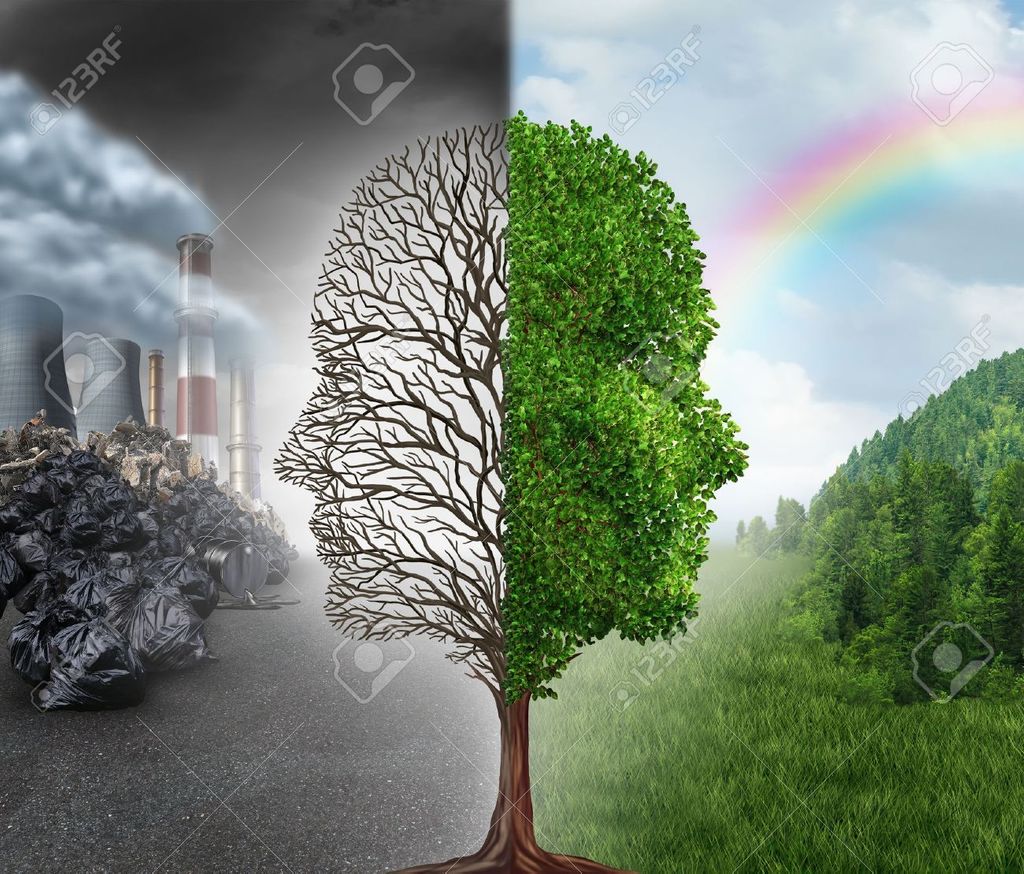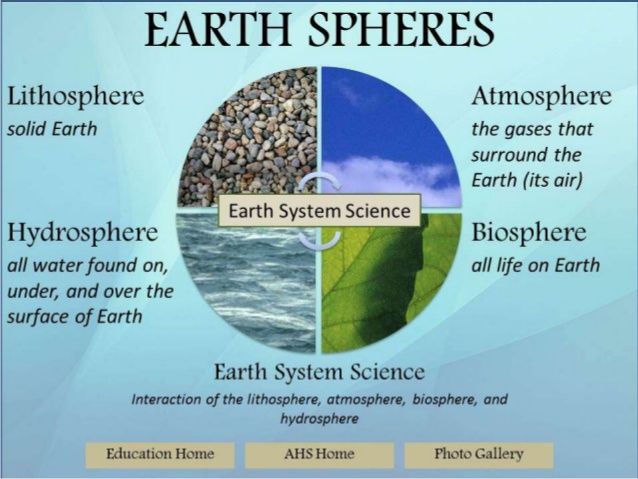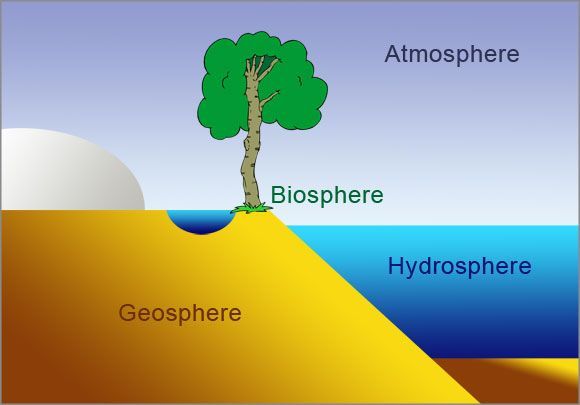Environment
Jun 24, 2019 • 143 views
Environment
The environment is defined as "the sum of total of all the living and non-living things around us influencing one another" is called environment.
Environmental Science
Environmental science is the study of the biological organism and the non-biological organism which is harmful to living things and non-living things.
Environmental Engineering
Environmental engineering is the application of engineering principles to the protection and enhancement of the quality of the environment and to the enhancement and protection of the public health and the welfare of the society.
Environmental studies (or) Environmental Education
Environment studies are the process of educating the people for the preserving quality environment.
Types of Environment
There are two types of environment are divided they are;
Natural environment
Man-made environmentNatural environment:

Natural environment:
The natural environment is characterized by natural components. All biotic (living) and abiotic (non-living) are created through a natural process. Creation of these biotic (living) and abiotic (non-living) components do not require any human support.
Example:Soil, water, air, trees, radiation, noise, etc...
Man-made environment:
Man is the most powerful environmental agent. He modifies the environment using modern technologies, according to his needs to a great extent. Thus the man-made environment is created by man.
Example: House, road, school, railway, parks, lines, etc...
Components of the Environment
The environment consists of the following three important components they are;
Abiotic (or) Non-living components
Biotic (or) Lining components
Energy components
Abiotic (or) Non-living components (or) Physical components
The non-living components of the environment are called abiotic components.
Example: Air, water, soil, and minerals
These abiotic components enter into our body of the living organism directly (or) indirectly, take part in metabolic activities and then return to the environment.
Types of abiotic components
Abiotic components are subdivided into three categories
Atmosphere
Lithosphere
Hydrosphere
Biosphere

Atmosphere
The cover of air, that envelopes the earth, is known as the atmosphere. The atmosphere extends up to 500 km from the earth's surface.
The atmosphere is essential for all living organism. It comprises 78 percent of the nitrogen, 21 percent of the oxygen and 1 percent of the other gases.
Lithosphere
The soil and the rock components of the earth are called lithosphere.
Function of lithosphere
It is a home for human beings and wildlife.
It is a storehouse of minerals and organic matters.
Hydrosphere
The aqueous envelope of the earth (ie. 75 percent of the earth surface) is called hydrosphere. Oceans, lakes, streams, rivers and water vapor constitute hydrosphere. About 97 percent of the earth's water is in the oceans, which is too salty and not fit for drinking. Only 3 percent as the fresh water to drink.

